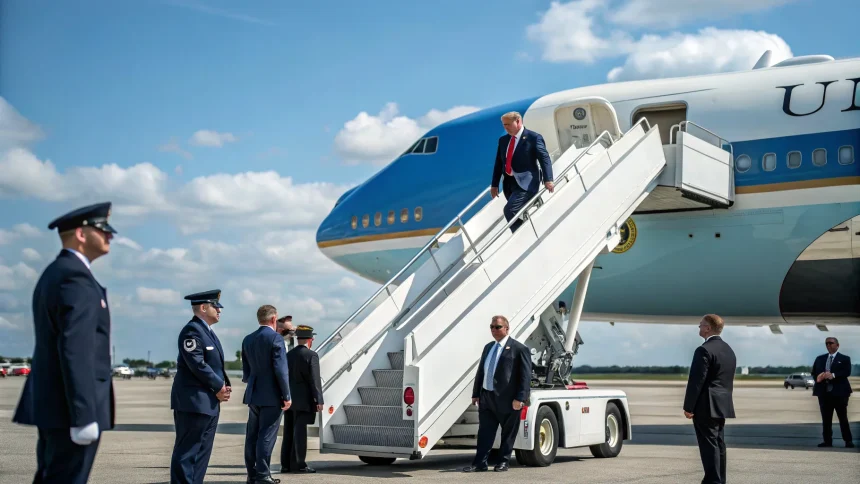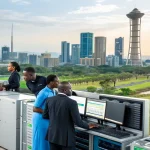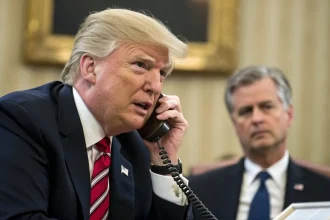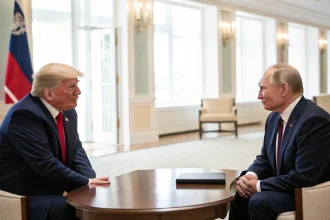President Donald Trump departed for Asia on October 24, leaving behind a United States government in shutdown mode while simultaneously facing the challenge of resolving an ongoing trade war.
The president’s trip comes at a critical juncture for both domestic politics and international relations. As federal agencies remain partially closed due to budget disagreements, Trump’s decision to travel overseas has raised questions about priorities during this period of governmental dysfunction.
Government Shutdown Background
The shutdown has forced thousands of federal employees to either work without pay or face temporary furloughs. Essential services continue to operate, but many government functions have been suspended until funding legislation passes.
Congressional leaders and White House officials have failed to reach a compromise on budget allocations, with disagreements centered on several key policy issues. The president’s departure during this crisis suggests either confidence in behind-the-scenes negotiations or a strategic pivot to international matters while domestic challenges persist.
Trade War Complications
The Asian trip appears focused on addressing trade tensions that have escalated between the United States and several Asian nations, most notably China. The ongoing trade dispute has resulted in multiple rounds of tariffs affecting billions of dollars in goods traded between the countries.
Economic analysts have pointed to several impacts of the trade conflict:
- Increased costs for American consumers on imported goods
- Retaliatory tariffs hurting U.S. agricultural exports
- Market volatility responding to trade uncertainties
- Disrupted global supply chains
Trump has consistently maintained that these short-term economic disruptions will lead to more favorable trade terms for American businesses and workers. Critics argue that the approach has created unnecessary economic strain while yielding limited concrete results.
Diplomatic Challenges
The president faces a complex diplomatic landscape in Asia. Beyond trade negotiations, regional security concerns including North Korea’s nuclear program remain prominent on the agenda. Trump’s ability to make progress on these issues may be complicated by the domestic political situation he temporarily left behind.
The timing of the trip has raised eyebrows among political observers. “Leaving during an active government shutdown sends mixed messages about priorities,” noted one political analyst. “However, it could also represent an opportunity to demonstrate American engagement on the world stage despite internal challenges.”
White House officials have insisted that the president remains fully engaged with shutdown negotiations despite the physical distance, with secure communications systems allowing for real-time participation in discussions.
The Asia trip itinerary includes meetings with several heads of state and is expected to last approximately one week. Administration officials have indicated that trade discussions will feature prominently, with the president seeking to make progress on agreements that could potentially ease market tensions.
As Trump navigates these dual crises, the coming days will reveal whether his administration can effectively manage both domestic governance challenges and international economic diplomacy simultaneously. The outcomes of both the shutdown and trade negotiations will likely have significant implications for the remainder of his term.









